| Fecha | Área | Bruto |
|---|---|---|
| 29 May 1998 | USA | USD 64,604,977 |
| 25 May 1998 | USA | USD 64,604,977 |
| 17 May 1998 | USA | USD 64,498,566 |
| 10 May 1998 | USA | USD 64,377,578 |
| 3 May 1998 | USA | USD 64,131,619 |
| 26 April 1998 | USA | USD 63,693,874 |
| 19 April 1998 | USA | USD 62,958,687 |
| 12 April 1998 | USA | USD 62,013,016 |
| 5 April 1998 | USA | USD 61,178,262 |
| 29 March 1998 | USA | USD 59,657,107 |
| 22 March 1998 | USA | USD 57,505,024 |
| 15 March 1998 | USA | USD 55,434,736 |
| 8 March 1998 | USA | USD 53,492,067 |
| 1 March 1998 | USA | USD 51,405,394 |
| 22 February 1998 | USA | USD 48,549,103 |
| 15 February 1998 | USA | USD 45,477,469 |
| 8 February 1998 | USA | USD 42,050,824 |
| 1 February 1998 | USA | USD 41,472,464 |
| 25 January 1998 | USA | USD 40,675,313 |
| 19 January 1998 | USA | USD 39,967,977 |
| 11 January 1998 | USA | USD 39,046,234 |
| 4 January 1998 | USA | USD 38,296,320 |
| 28 December 1997 | USA | USD 37,285,982 |
| 21 December 1997 | USA | USD 36,470,853 |
| 14 December 1997 | USA | USD 35,820,107 |
| 7 December 1997 | USA | USD 35,372,366 |
| 30 November 1997 | USA | USD 34,970,690 |
| 23 November 1997 | USA | USD 34,327,151 |
| 16 November 1997 | USA | USD 33,870,546 |
| 9 November 1997 | USA | USD 32,860,646 |
| 2 November 1997 | USA | USD 31,511,826 |
| 26 October 1997 | USA | USD 29,642,884 |
| 19 October 1997 | USA | USD 26,864,037 |
| 12 October 1997 | USA | USD 22,976,873 |
| 5 October 1997 | USA | USD 17,842,710 |
| 28 September 1997 | USA | USD 11,574,944 |
| 21 September 1997 | USA | USD 5,211,198 |
| USA | USD 64,616,940 | |
| 12 April 1998 | UK | GBP 6,934,891 |
| 5 April 1998 | UK | GBP 6,821,014 |
| 29 March 1998 | UK | GBP 6,642,727 |
| 22 March 1998 | UK | GBP 6,440,207 |
| 8 February 1998 | UK | GBP 5,840,557 |
| 1 February 1998 | UK | GBP 5,688,776 |
| 25 January 1998 | UK | GBP 5,531,401 |
| 18 January 1998 | UK | GBP 5,378,245 |
| 11 January 1998 | UK | GBP 5,171,392 |
| 4 January 1998 | UK | GBP 4,961,797 |
| 5 April 1998 | Worldwide | USD 46,000,000 |
| 15 March 1998 | Worldwide | USD 43,000,000 |
| 28 December 1997 | Worldwide | USD 29,800,000 |
| 16 November 1997 | Worldwide | USD 14,800,000 |
| 9 November 1997 | Worldwide | USD 10,500,000 |
| 2 November 1997 | Worldwide | USD 6,200,000 |
| worldwide | USD 126,216,940 | |
| Non-USA | USD 61,600,000 | |
| 29 December 1997 | Germany | DEM 2,828,312 |
| 15 December 1997 | Germany | DEM 1,576,518 |
| Italy | EUR 1,842,312 |
| Fecha | Área | Bruto | Pantalla |
|---|---|---|---|
| 21 September 1997 | USA | USD 5,211,198 | 769 |
| 2 January 1998 | UK | GBP 112,543 | 58 |
| 7 December 1997 | Germany | DEM 686,213 | 114 |
| Fecha | Área | Bruto | Pantalla |
|---|---|---|---|
| 22 February 1998 | USA | USD 2,376,331 | 814 |
| 15 February 1998 | USA | USD 3,280,173 | 814 |
| 12 April 1998 | UK | GBP 61,409 | 62 |
| 5 April 1998 | UK | GBP 56,505 | 56 |
| 29 March 1998 | UK | GBP 162,017 | 128 |
| 22 March 1998 | UK | GBP 40,214 | 46 |
| 8 February 1998 | UK | GBP 82,817 | 77 |
| 1 February 1998 | UK | GBP 105,099 | 81 |
| 25 January 1998 | UK | GBP 84,438 | 60 |
| 18 January 1998 | UK | GBP 108,457 | 65 |
| 11 January 1998 | UK | GBP 122,355 | 76 |
| 4 January 1998 | UK | GBP 112,543 | 58 |
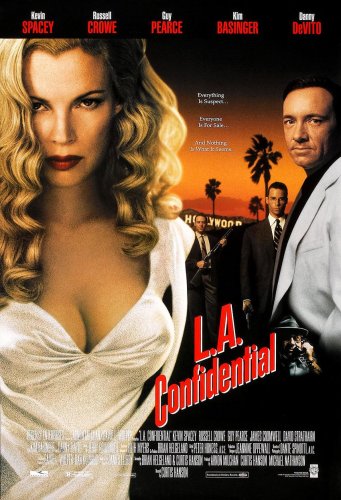

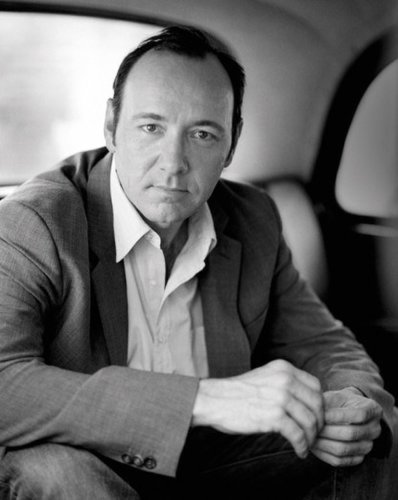

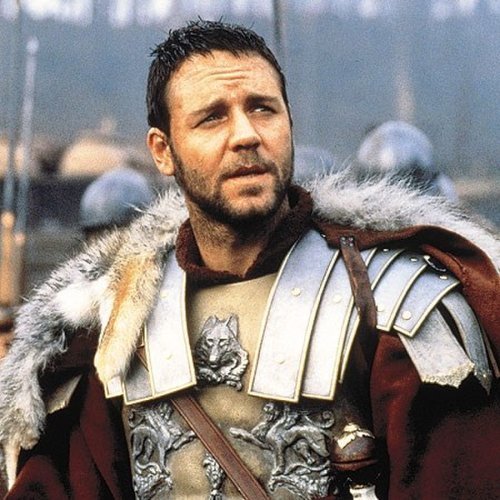


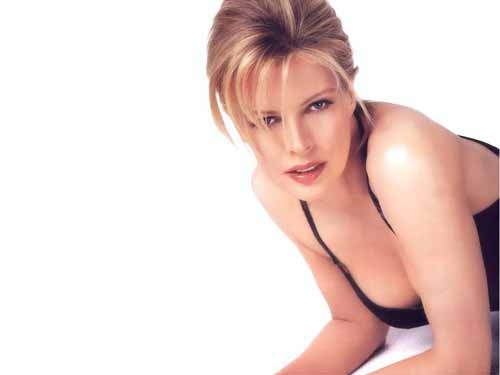
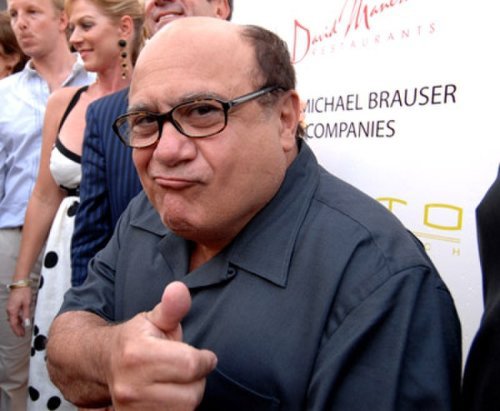
.jpg)







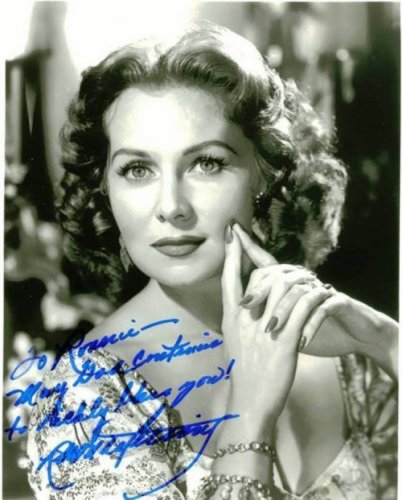
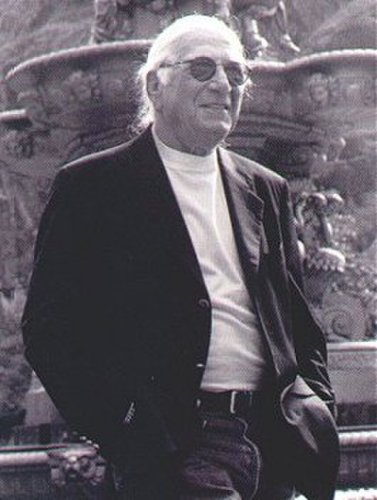

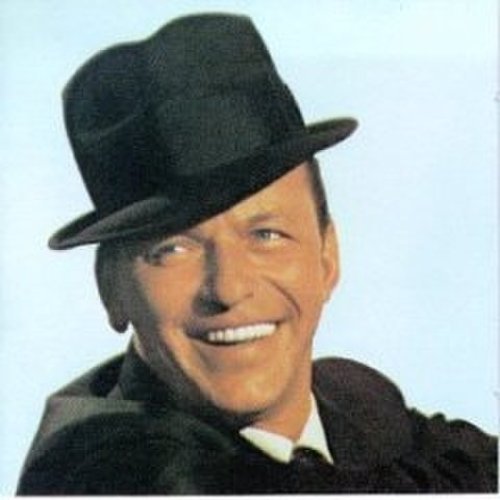


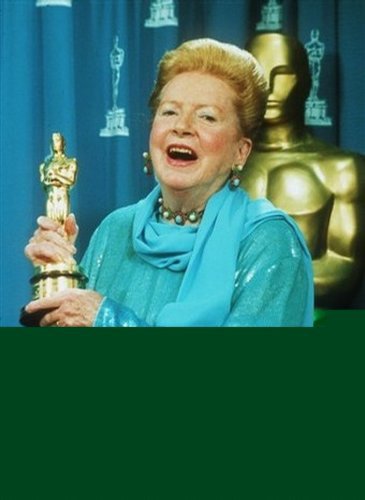
.jpg)
